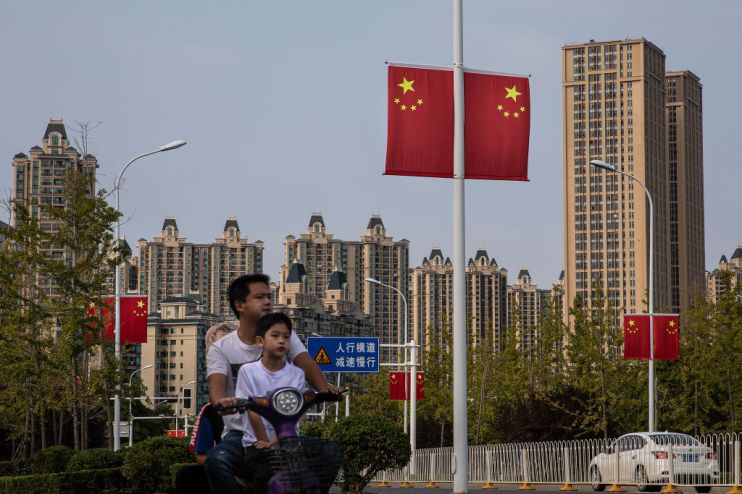China’s consumer inflation steady, factory prices dip in May

China’s consumer inflation remained stable in May, while the decline in producer prices showed signs of easing, indicating sluggish demand amid a prolonged property downturn in the world’s second-largest economy.
China’s consumer price index (CPI) grew by 0.3 per cent year-on-year in May, matching April’s figure and falling slightly short of economists’ expectations. However, on a monthly basis, there was a marginal decline of 0.1 per cent in the CPI.
This stability in consumer prices comes amidst a backdrop of weak consumption, largely stemming from persistent issues in the property sector. Despite numerous government support measures, consumer confidence remains subdued, hindering significant price increases.
On the industrial side, the producer price index (PPI) contracted by 1.4 per cent year-on-year in May. While this was slightly worse than anticipated, it still represented an improvement from the sharper decline observed in April.
“The pick-up in factory-gate prices is likely temporary, however. Due to overcapacity, they will probably resume their declines before long, keeping PPI inflation in negative territory for the rest of the year,” said Zichun Huang, China Economist at Capital Economics.
“We expect consumer price inflation to rebound in the coming months, thanks to a continued easing of food price deflation and an increase in energy price inflation. However, persistent overcapacity will likely keep this rebound very modest – we expect CPI inflation to average only 0.5 per cent this year.”
China’s economy has faced challenges despite the easing of COVID-19 restrictions, with the lingering effects of the property sector crisis dampening investor and consumer sentiment.
To stimulate economic activity, the Chinese government has implemented various measures, including incentives for housing purchases and consumer goods trade-ins, as well as initiatives to boost job creation and domestic demand.
However, data on core inflation, which excludes volatile food and energy prices, revealed a slowdown in May compared to April. This suggests that domestic demand remains fragile, posing challenges for sustained economic recovery.
Given these circumstances, many economists expect Beijing to introduce further support measures in the coming months to stabilize economic growth and achieve its target of around 5 per cent GDP growth for the year.